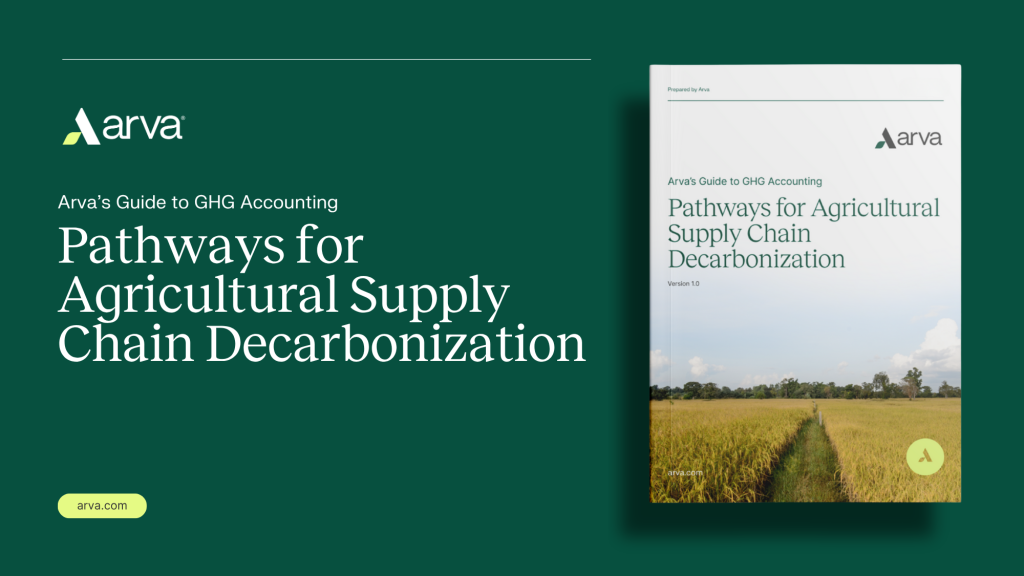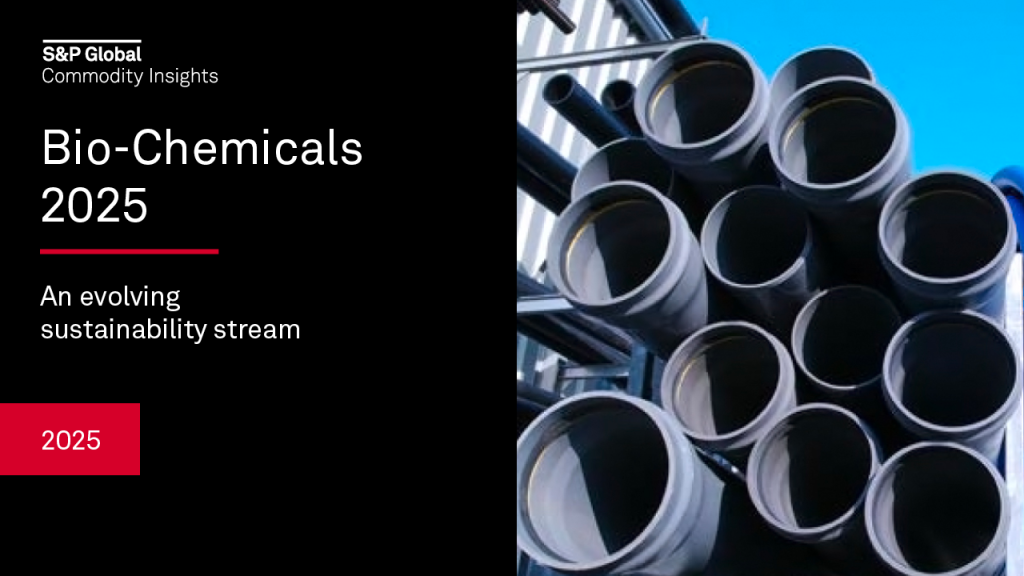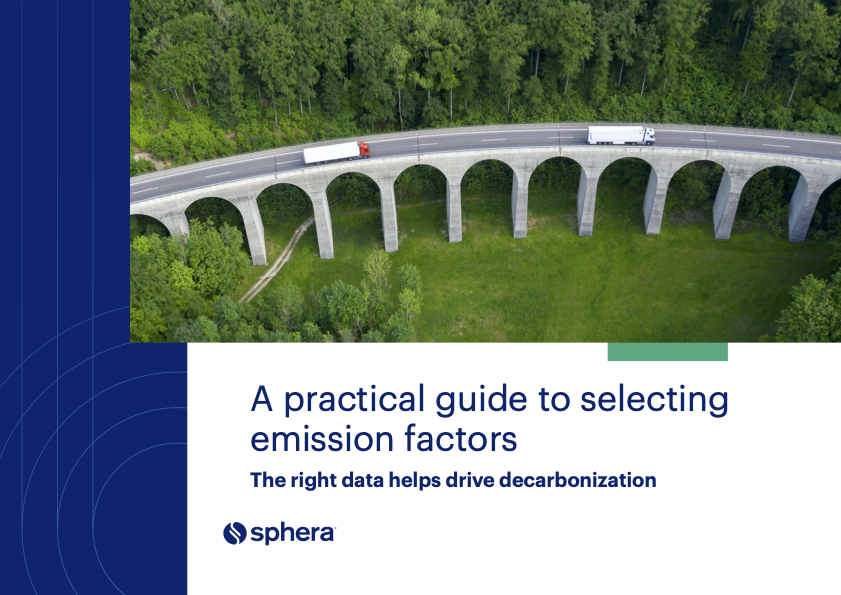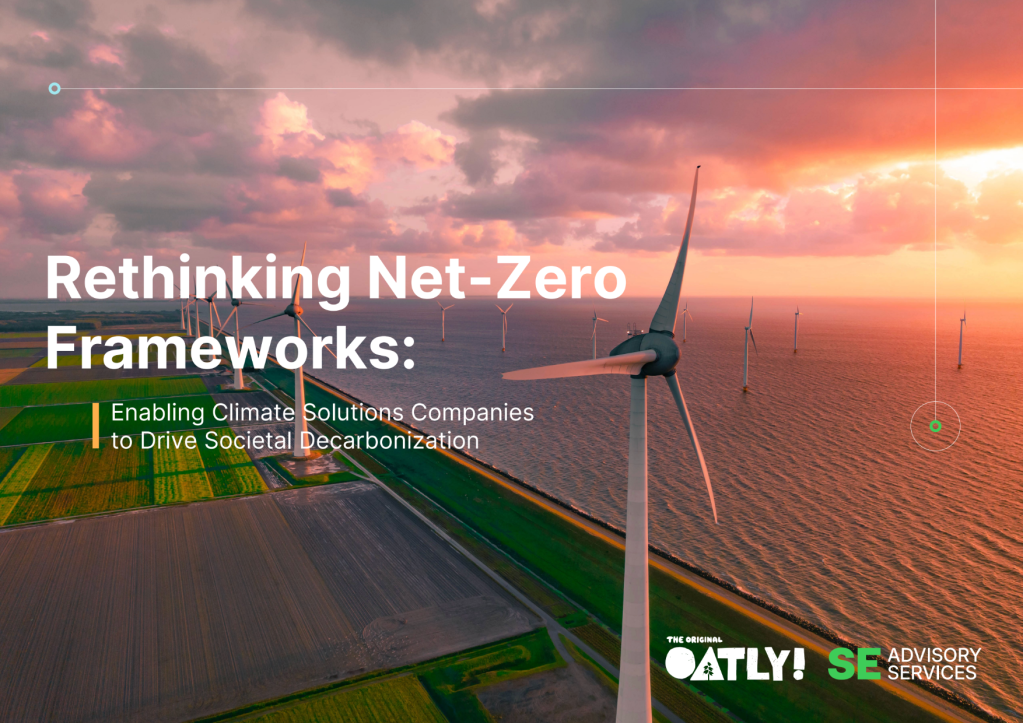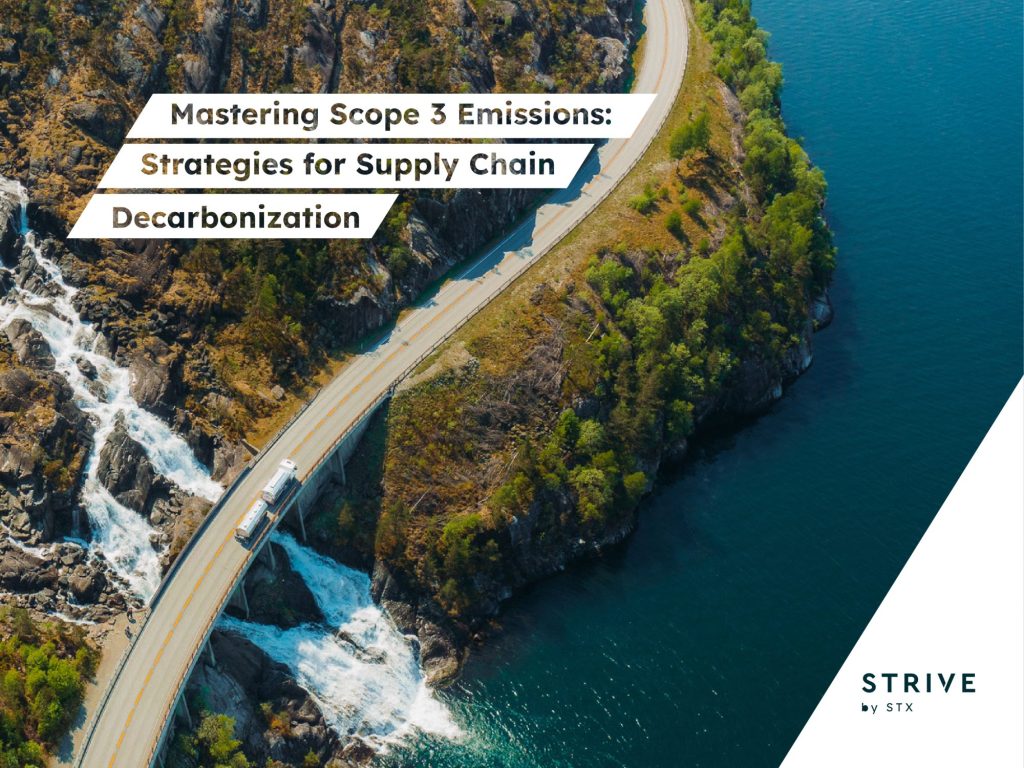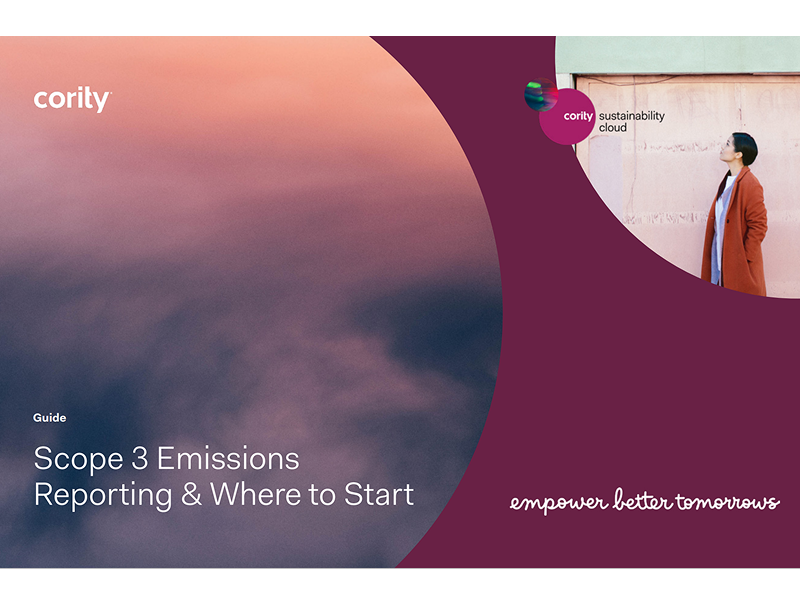4 big ESG frameworks being overhauled in 2025
Big changes are in store for standards from B Lab Global, Greenhouse Gas Protocol, ISO and the Science Based Targets initiative. Read More

It’s official: We’re halfway through what the United Nations, NGOs and academics have dubbed the “decisive decade” for delivering on emissions reductions, plastic phaseouts and sustainable development.
Many companies with greenhouse gas emissions reduction goals pegged to 2030 — including Walmart, Unilever, Nestle and the world’s biggest tech firms — have progress reports due in 2025. Many won’t deliver on the pledges they made in the 2019 and 2020 timeframes. That’s likely to force a flurry of confusing updates and restatements over the next 12 months, as was the case for Coca-Cola in early December.
At the same time, the methodologies that corporations use to calculate emissions inventories and declare their commitments are being overhauled, with big revisions coming due in 2025. Here’s the latest timeline for four highly anticipated updates that will define the future of emissions target-setting.
Certified B Corporation
Governing organization: B Lab Global
What: This is the seventh revision of the standard used to certify companies with the Certified B Corp logo. In a departure from the past, it sets minimum thresholds for environmental, social and governance performance based on company size. Previously, certification was based on an overall score, and companies could sidestep their shortcomings and still become recognized. The latest draft reflects feedback from a public consultation in March. Among the requests: a more defined transition path.
Why it matters: There are more than 10,000 Certified B Corps, and the standard has been criticized for being too flexible in how businesses can earn recognition. Ad agency Havas, for example, held a certification despite its work in enabling misinformation about climate change by oil and gas companies. Its status was revoked in July.
Upcoming milestones: Delivery of the final standards has slipped into early 2025. A “test drive” version of the assessment that will allow companies to input their data and explore how they might perform is expected in the second half of 2025.
When it takes effect: B Lab expects the first cohort of companies to be certified on the revision in 2026, based on their recertification timelines.
Corporate Net-Zero Standard
Governing organization: Science Based Targets initiative
What: A framework that requires companies to halve emissions by 2030 and reduce them by 90 percent before 2050, in line with Paris Agreement goals of holding global temperature increases below 1.5 degrees Celsius. The remaining 10 percent can be “neutralized” with carbon removal. The original standard was published in October 2021 and has been the subject of minor revisions. The next edition, Corporate Net-Zero Standard 2.0, is required under SBTi’s governance, which calls for major overhauls every two to five years.
Why it matters: 1,200 companies have validated net-zero targets, according to an update in early November. Close to 250 high-profile companies had their commitments “removed” from that list in 2024, including Microsoft, Procter & Gamble and Walmart. The organization became the center of controversy in mid-April when a plan to allow companies to use offsets against net-zero goals infuriated the organization’s staff and climate NGOs.
Upcoming milestones: A draft for consultation was delayed from late 2024 into early 2025. The feedback report is due in the second quarter, with a final draft anticipated by the end of 2025, according to the timeline published in May. The organization warns, however, that the project timeline is subject to change based on approval by the SBTi Technical Council.
When it takes effect: Implementation is scheduled for the first quarter of 2026, according to the SBTi’s latest public statements.
Greenhouse Gas Protocol
Governing organizations: World Resources Institute and World Business Council for Sustainable Development
What: Many methods used to calculate emissions inventories and reductions haven’t been updated in more than a dozen years. The organization behind the most widely approaches, the GHG Protocol, overhauled its governance in 2024 with a new steering committee and independent standards board. Now, it’s moving forward with the standards, based on feedback collected between November 2022 and March 2023.
Four technical working groups were assigned in September to develop updates for the suite of corporate standards. Some things under consideration:
- Changes to the corporate emissions accounting rules that would align them more closely with financial accounting controls and require the inclusion of Scope 3, which covers emissions from supply chains.
- Revisions to Category 15 of the Scope 3 guidance, which pertain to how companies must account for investments.
- New procedures for how companies can account for energy contracts and renewable energy credits, including changes to how location is considered.
Why it matters: 97 percent of the S&P 500 companies reporting their greenhouse gas emissions inventories to CDP in 2023 used GHG Protocol accounting to do so. The guidance is out of date: the corporate standard, for example, hasn’t been revised since 2015.
Upcoming milestones: Drafts for public consultation are due during 2025. It hasn’t offered specific data, but acknowledged the urgent need to move as “swiftly as possible.”
When it takes effect: Final standards and guidance will be timed for the second half of 2026.
ISO Net-Zero Standard
Governing organization: International Organization for Standardization
What: A formalization of guidelines first published during COP27 in November 2022. ISO’s standard will require ongoing verification. It will also play up circular economy practices and reductions of all greenhouse gases, and play down the use of carbon offsets and other environmental attribute certificates. More than 1,200 experts were consulted on the original guidelines.
Why it matters: ISO has been around almost 80 years, representing 170 national standards bodies. It already manages more than 600 standards for energy, circularity and environmental management. The working group for the new standard is one of ISO’s largest committees with 150 experts from the private sector, academia and NGO, include representatives from the GHG Protocol and SBTi.
Upcoming milestones: A “seed” draft for consultation is due in 2025, with approval from ISO member organizations. A public consultation period will follow.
When it takes effect: The organization has not publicly committed to a final publication date.
[You’re leading change in an unpredictable environment. Get the strategies you need from the world’s top sustainability leaders at GreenBiz 25, Feb. 10-12, Phoenix.]

Subscribe to Trellis Briefing
Featured Reports

